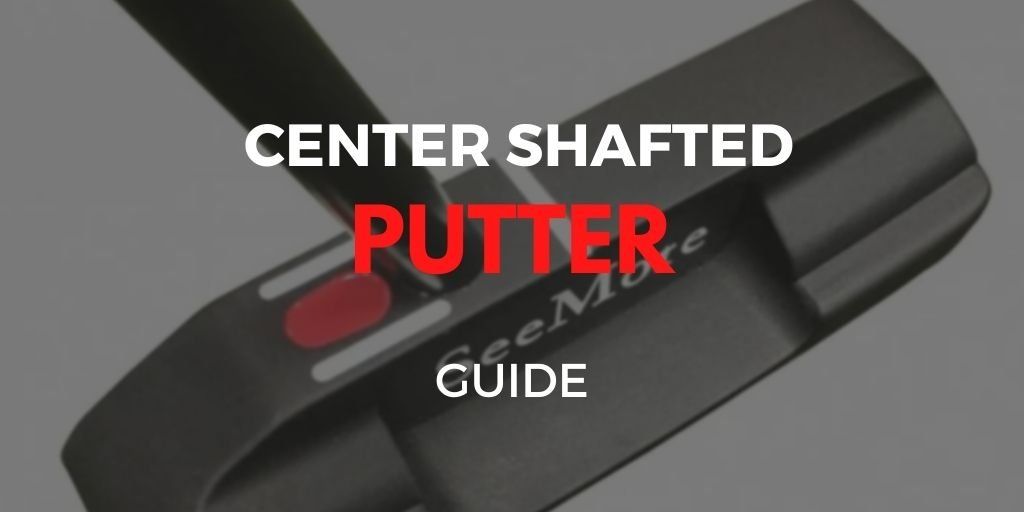
Look at almost any club in the golf bag. You'll see one similarity between all of them. The shaft attaches to the heel end of the club—the only exception to this the putter. Center-shafted models now widely available from several brands. But can they actually help? What is the difference between a traditional shaft placement?
In this guide, we'll explore how center-shafted putters can help golfers from a design perspective. Additionally, we'll let you know about some of the most popular models on the market right now.
To understand why center-shafted putters are beneficial to golfers, I reached out to Cody Hale, Director of Tour Operations and SeeMore Putting Institute at the SeeMore Putter Company. SeeMore puts a lot of science behind the design of their putters, and its original FGP in the late Payne Stewart's hands popularized the center-shafted style. I've included Cody's responses to answer some common questions about center-shafted putters.
What Are Potential Advantages of Having a Center-Shafted Putter?
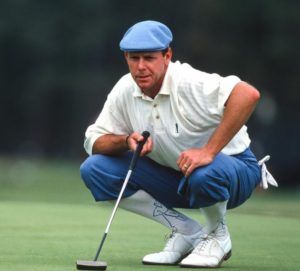
For many, center shafted putters offer significant aiming benefits. Aiming closer to your intended target generally means a better opportunity to start the golf ball on your intended line consistently.
Additionally, aiming a putter more accurately will typically produce a more technically sound and consistent putting stroke with less manipulation. Many players can more easily set up and identify a square putter face versus one that is more open or closed by utilizing a straight center shaft option. While many can be very effective using a heel-shafted putter, which can be offered in offset or straight, there are more characteristics to negotiate.
Also, a center-shafted putter's weight distribution can offer a more equally and naturally balanced putter face. A center-shafted putter's stability is advantageous for many players because the putter face is more balanced at setup and impact. This can increase a golfer's face awareness during the stroke, which in return will aid in returning the putter face to square and lead to more putts hit on their intended target line. For some golfers, a heel-shafted putter often requires a player to inadvertently manipulate the putter face, which can be challenging to implement consistently under pressure.
How About No-Offset Putter vs. An Offset Putter?
To answer this question, we must first acknowledge that SeeMore's goal is to equip a golfer with a putter that helps them implement a system for putting that includes consistent alignment and set up on every putt as we discussed in our review.
Besides aligning the putter face and eye line, RifleScope Technology (RST) helps the golfer "lock-in" consistent ball position, loft, and shaft angle on every putt. A player must consider if they align and set up more consistently with a putter that has offset or not and how conducive that particular dynamic is to help them start the ball on their intended target line. Through extensive research by the SeeMore Putter Institute, a high percentage of players improve their setup and alignment the most by using a straight shafted putter without offset.
https://youtu.be/Oof7U8LBJXw
SeeMore's RST alignment system
Does a Center-Shafted Putter Fit a Particular Putter Stroke (straight back, shallow arc, etc.)?
A center-shafted putter frequently benefits all types of strokes!!
We optimize player performance by considering stroke path in conjunction with setup, alignment, and other key putter fitting variables. The putting stroke, for all golfers at all levels, will always work on some degree of an arc through our extensive research. This is due to the fact we putt on a tilted plane(angle). To truly create a straight-back-straight-through stroke, it would require a tremendous amount of manipulation. Some have less or more arc than others, but it's crucial to test different options to see how a player reacts to a particular style.
In general, what are the most important things golfers should think about during a putter fitting?
Find the putter that optimizes consistent setup and alignment. Length, loft, and lie angle are vital ingredients to achieving a consistent setup, aim, and roll.
Center-Shaft Putter Options
Here are some popular models being offering on the market right now.

SeeMore FGP20
This 2020 model from SeeMore is a refined interpretation of the original FGP putter that started the brand. The putter offers a more bladed look with the advantages of the RST alignment system and center-shafting. SeeMore has a wide variety of center-shafted models, and you can contact them directly for recommendations to fit your preferences. To learn more about SeeMore Putters, check out our SeeMore Putter Review.
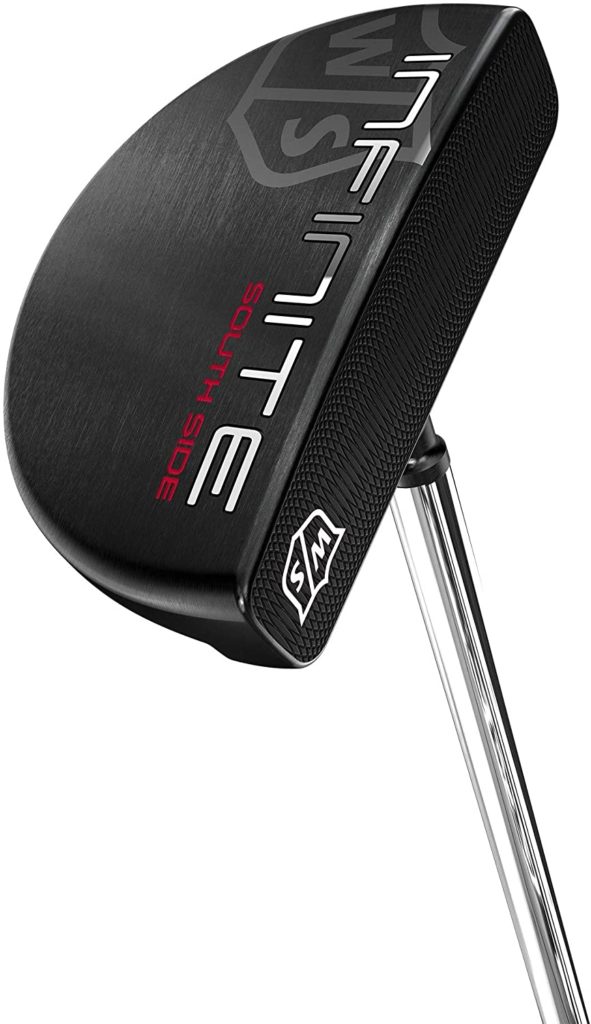
Wilson Infinite South Side
Wilson's Infinite line generated a lot of positive buzz for providing a full-line of high-quality putters at a very competitive price. The South Side model is a center-shafted mallet with a CNC-milled face. Wilson claims the putter uses counter-balance weighting, moving the balance point closer to the hands for a smoother stroke.
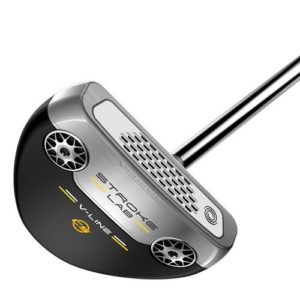
Odyssey Stroke Lab Versa V-Line
For golfers who prefer a face insert putter, this model from Odyssey might be ideal. Not only does it feature a center-shaft, but that shaft is a unique graphite and steel combination designed to improve weight distribution. The face includes micro-hinges to promote topspin and consistent roll.

TaylorMade Truss Center Shaft
The Truss series from TaylorMade is certainly one of the more interesting-looking designs introduced recently. The design concept is that increased connection points from the shaft to the head, a double-hosel, increases stability for more consistent putts. This model's sole weights are adjustable, allowing the golfer to fit what works best for them.
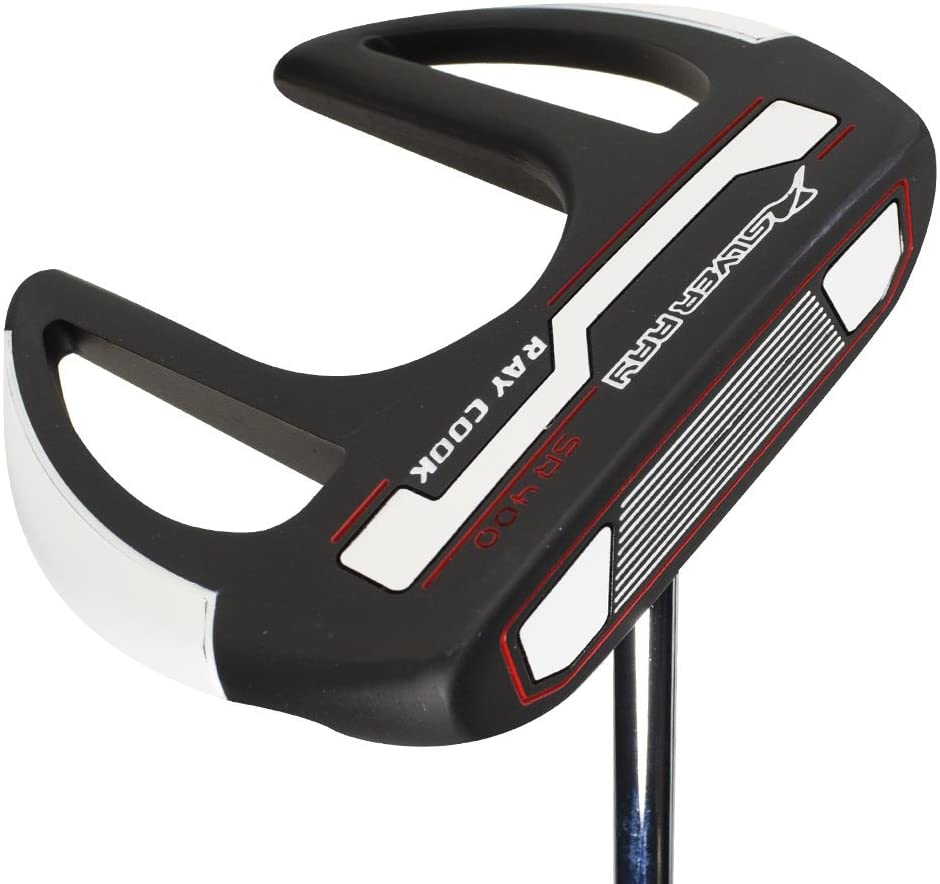
Ray Cook Golf- Silver Ray SR400
The ideal way to get a new putter is to get fitted while trying several models with the help of someone trained to discover the best club for you. However, budget or other restrictions may prevent a lot of golfers from taking that route. This value-priced putter from Ray Cook offers a center-shaft and high-MOI mallet shape that can offer the chance to try the style without breaking the bank.
Practical Golf's Complete Guide To Putting has more information about putting and practice tips. Join us over at the Practical Golf Forum for a discussion on putters and putting styles.
We care about the protection of your data Read our Privacy Policy